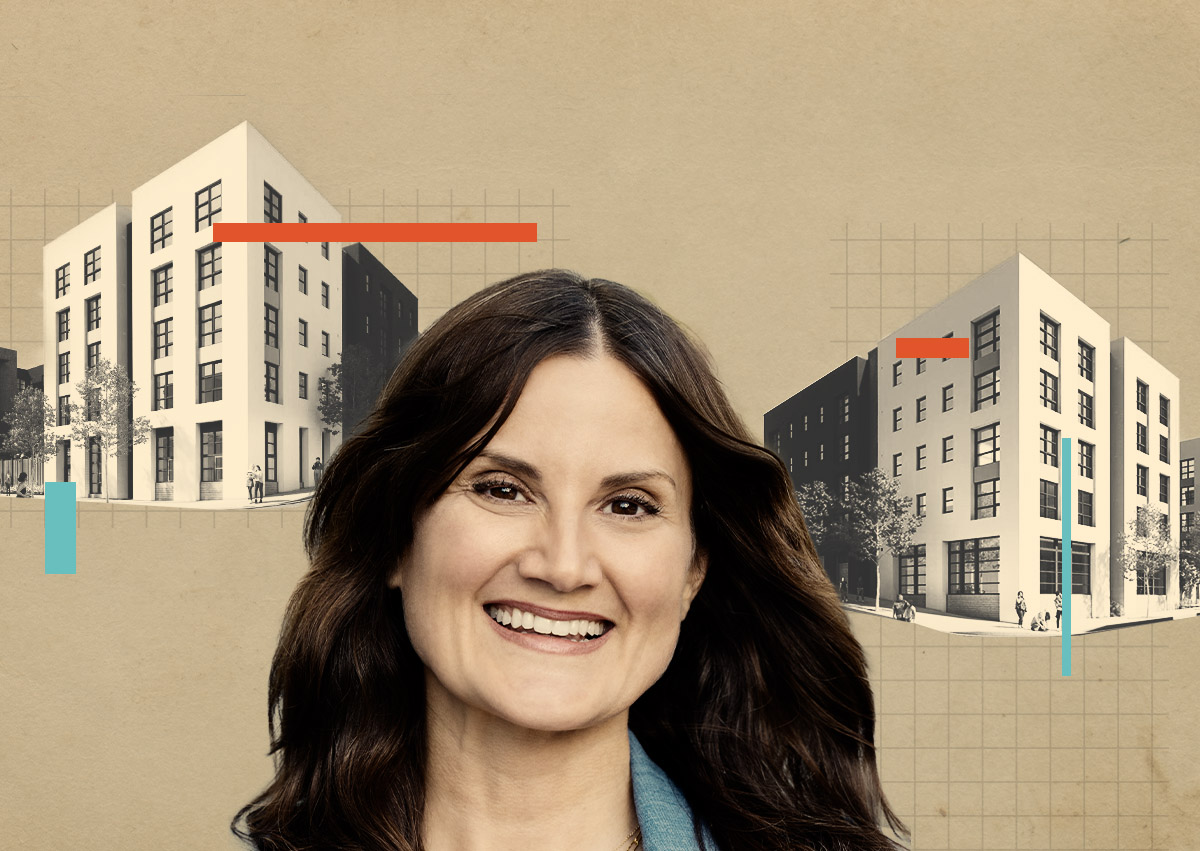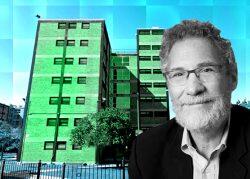In 1989, Jonathan Rose struck out on his own with something to prove.
He had begun his career at his family’s storied firm, New York-based Rose Associates, in 1976. But he said after 13 years, “I wanted to prove to myself and to the world that I, independent of my family, could create a viable business and make a difference in the world.”
Jonathan Rose Companies began by building a small, live-work artists’ studio in Santa Fe, New Mexico, with a $2 million loan from Bankers’ Trust (now Deutsche Bank). Rose kept the property, 1807 Second Street, until last year, when he and his partners sold it for $11.25 million.
But the project that put the fledgling firm — at that point it was just Rose and his secretary — on the map was the revitalization of the Denver Dry Goods Building. It was an early blueprint for what Rose wanted to be his company’s legacy: an innovative force tackling environmental and social issues.
The Dry Goods Building, at 1555 California Street, had been the most important building in downtown Denver. In 1990, though, it stood as a vestige of an earlier era, before white-collar workers began a steady migration to the suburbs. Downtown at that point was dotted with empty buildings and vacant lots where owners had demolished assets to save on taxes and insurance.
“The city was becoming a city of parking lots,” Rose said. “The city was disappearing.”
But Rose had a vision for Denver’s revitalization, centered on “green, mixed-use, mixed-income, transit-oriented development.”
Four different development teams had already failed to redevelop the Dry Goods Building, in part because the project was so massive. Rose divided it into smaller, financeable components: office space, retail, affordable housing.
He cobbled together 23 pieces of financing totaling $35 million from low-income housing tax credits, historic tax credits, a federal grant and other sources, and managed to get all of them to close at the same time.
The bet worked. For the first time in 20 years, retailers returned to downtown Denver. Within three years, 22 vacant buildings in the area were redeveloped using the same model.
“It created a critical mass that turned the downtown around,” Rose said.
It put the Jonathan Rose Companies on a new trajectory as well. The project won a series of awards — including from the Urban Land Institute and National Trust for Historic Preservation — and got Rose invited on a speaking tour, granting his nascent business a much larger profile.
Rose has since replicated this model with larger projects in New York. In May, he held a ribbon cutting for Sendero Verde, an affordable housing project in Harlem. The mixed-use, mixed-income, passive-house development at 60 East 112th Street was developed with $250 million from Bank of America and $250 million from Citibank and Goldman Sachs.
In Brooklyn, Rose’s Gowanus Green is expected to break ground late this year and deliver almost 1,000 units. Financing should be in place within two months.
In a full-circle moment, Rose is back at work on the Denver Dry Goods Building. The neighborhood’s office buildings have again emptied out, this time because of remote work. Rose is re-imagining the building’s vacant and retail space as affordable housing, and plans to decarbonize as he goes. Funding will come from familiar sources: low income housing tax credits and historic tax credits.
“It was not only a birth story for our company,” Rose said, “but it’s a story that we’re taking to its new generation right now.”
Read more



